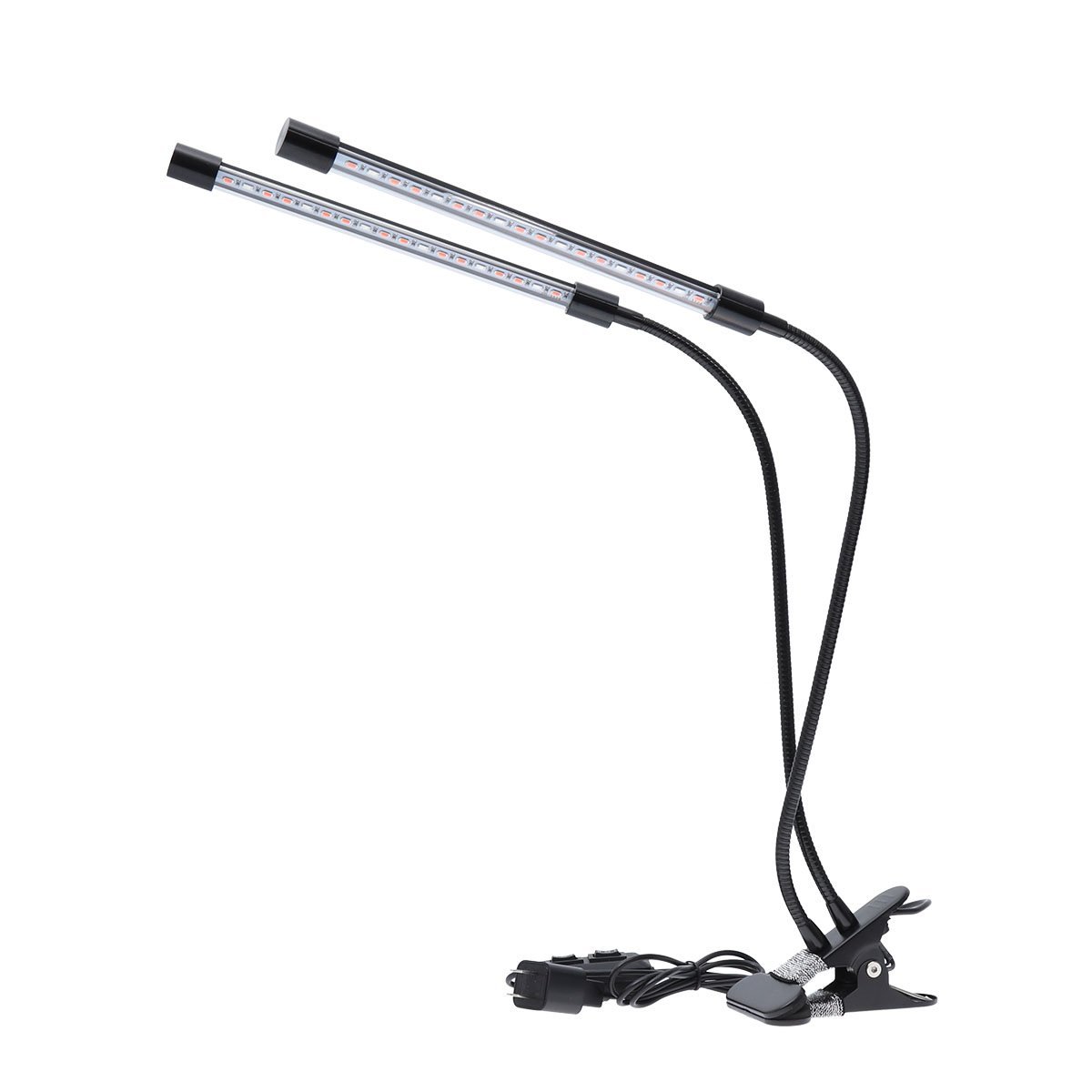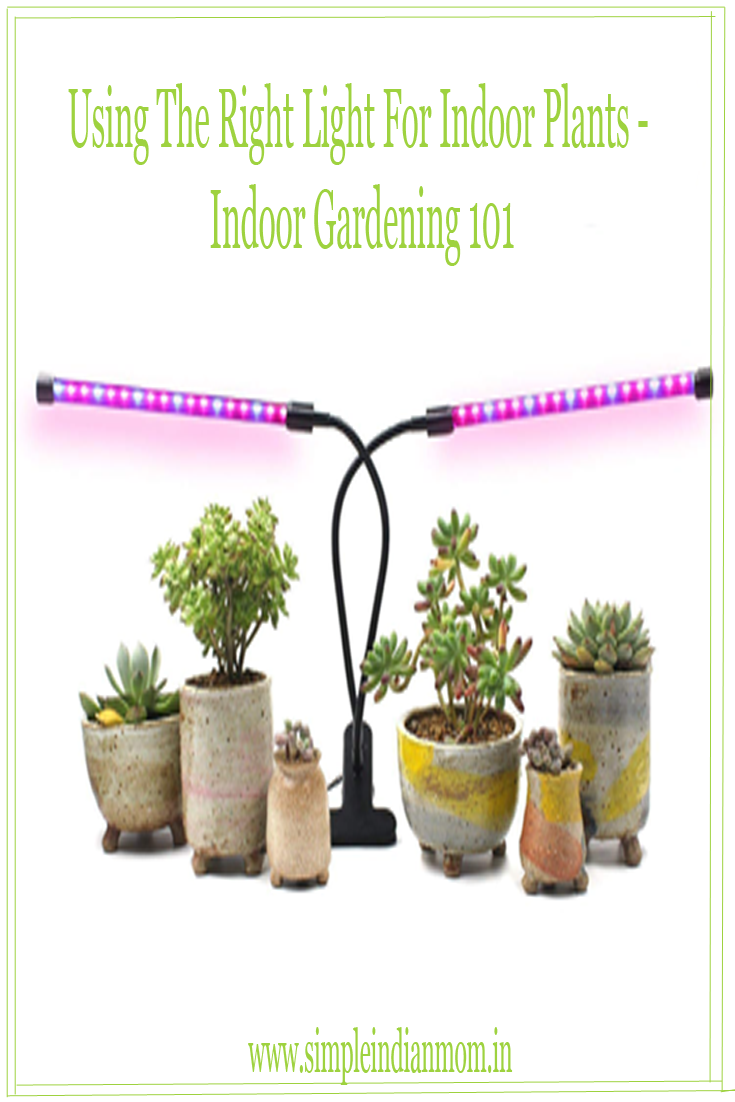With time and space becoming a constraint, indoor gardening seems to be something that is a more practical way to look at urban gardening. Light for indoor gardening is the most important thing you need to know.

However, indoor gardening is not just going to your nearest nursery, buying some plants and placing it in your living room. There is a lot more to it.
Getting Started With Indoor Gardening
Space
In fact with so many vertical gardening options available these days, even a small space is enough is you really are willing to grow plants. You can grow any plant indoors, just that you need to have some good lighting and fresh air coming in, you might just end up growing tomatoes in your window sill.
If on the other hand you want a larger garden in your room, you can made arrangements like a separate area in your home dedicated for gardening. This might be a bit cumbersome because you need to take care of all aspects for plants to grow.
Light For Indoor Plants
Plants need light to photosynthesize and need to photosynthesize to survive. Without adequate light a plant will grow tall and spindly. If there is enough energy to grow leaves, they still may not totally expand. And without enough light, don’t plan on seeing flowers or fruit.
Even plants grown near a window will probably not get enough light during the winter months to thrive. There are a few things to think about when purchasing a grow light.
Photo Receptors And Indoor Plants
Plants have photoreceptors that absorb specific wavelengths of light. Your light needs to have the same wavelengths as the sun, which is why a regular light bulb doesn’t work.
You could use Cool-white tubes that have an enhanced blue spectrum. This promotes foliage growth. However, there are other Warm-white tubes that provide an enhanced red spectrum that plants need for flowering.
Blue Spectrum – for Folliage
Red Spectrum – For Flowering
Hence its always good to include 1 cool and 1 warm fluorescent tube mounted under a reflector such as the one given below.
Click here to buy

Should Be Close To Plant
The light that you use for the indoor plant needs to be as close as possible to the plant – however it should not be too hot so as to burn the plant or its leaves.

Most vegetables and other plants do best with 14-16 hours of sunlight or simulated light. There are a few ways you can tell if your plant is getting enough light or not. If it isn’t getting enough light, it usually will have small leaves, thin stems, and the color of the plant will be lighter than usual.
You could use a LED Grow Light with adjustable light intensity so that you will have the control on light such as the one below
A hormone called “florigen” controls budding and flowering. Long day plants require about 14 to 18 hours of light to produce just the right amount of florigen to flower and reproduce. Short day plants require about 10-13 hours of light. If short day plants are exposed to too much light, florigen can be destroyed, preventing blooming.
With Indoor Grow Lights, Timing is Everything
In addition to light, plants need at least 6 hours of darkness a day. (Plants need a rest, too.) Using a dual head light with timer saves you time turning lights on and off. Just set it and it’ll come on at the same time every day.

DIY Lighting For Indoor Plants
Well, if you want light and do not have the budget – you can simply choose to add some super-slim LED lights beneath the shelves where you plan to place the plants. You need to put the lights on and off as per the requirement of the plant though.
Youcan choose any kind of shelves like metal, wooden or even bamboo shelves.
Either connect the LED lights for each row or maintain the light for a complete row with a single light.
You can even keep your herbs thriving throughout the year.
Need more room for your plants? Get add-on shelves for this sunshelf base. You can stack two or three and grow a tower of plants in any room of your home.
Remember that plants grown under indoor grow lights may dry out faster. Keep an eye on them — you may need to water more often.
How To Start An Indoor Plant From Seed
Place the seed try in a partially lit corner of your room with seeds placed in them, covered with just enough soil and watered to maintain moisture.
once the seeds sprout a tabletop light is all you need to provide just the right full-spectrum light that seedlings need to thrive, plus all the supplies you’ll need to plant seeds.
Once seeds sprout, snuggle them up to the light and watch how well they grow. You may need to adjust the height of the light fixture. Move it closer if seedlings look spindly.
Fluorescent lights are a great value for the high quality of light, low-heat output, and long service life they provide.


